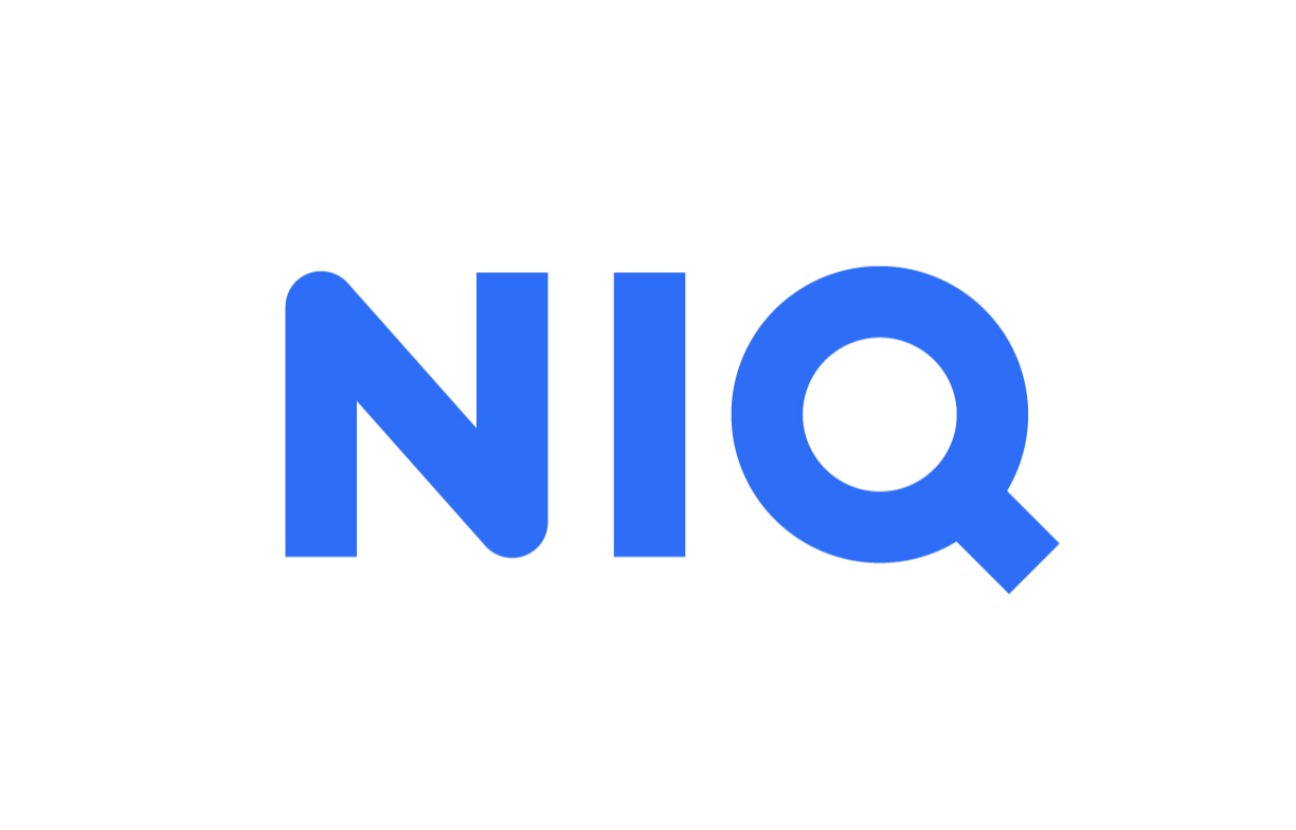Wellness in 2025
How Brands Can Win in a Crowded Global Market
The global wellness market—encompassing nutrition, fitness, mental health, personal care, and health tech—is thriving. According to McKinsey, the sector is worth over $1.8 trillion globally and growing at an annual rate of 5 to 10%. But despite strong demand, the space has become increasingly competitive. So how can brands rise above the noise? Consumer intelligence company NielsenIQ (NIQ) has shared actionable insights in its new report, Global State of Health & Wellness 2025: Navigating the shift from health trends to lifestyle choices. Based on a survey across 19 countries, the report explores themes such as trust, influence, conscious consumption, mental wellness, and the evolving use of health tech.
“To thrive in the evolving wellness market, brands must go beyond product innovation to deliver clarity, transparency, affordability, and trust,” said Marta Cyhan-Bowles, Chief Communications Officer & Head of Global Marketing COE at NIQ. “Consumers are ready to invest in their well-being but need guidance. Companies must ensure their products are accessible, transparently labelled, and competitively priced to win consumer loyalty.”
Consumers Are Prioritising Long-Term Health
One of the clearest global trends is that consumers are becoming more proactive in managing their health. NIQ data shows that 70% of consumers believe they are actively taking charge of their well-being, and 57% are placing more importance on "ageing well" compared to five years ago.
Wellness has also become a higher budget priority—55% of global consumers say they are willing to spend over $100 per month on better nutrition, self-care, fitness, and mental well-being.
But the path to purchase isn’t without obstacles. Consumer scepticism is rising: 82% say product labels need to be more transparent and easier to understand. 25% admit that distrust in wellness products and services stops them from making healthier lifestyle choices.
5 Global Wellness Trends for 2025
NIQ’s report highlights five key consumer-driven wellness trends that brands need to understand and act on:
1. Nutrition and Gut Health as Daily Priorities
Consumers are placing nutrition and digestive wellness front and centre. 53% plan to buy more high-fibre foods in 2025. Around 40% intend to increase their intake of superfoods, plant-based protein, and probiotic-rich foods.
2. Weight Management is Evolving—With Help from AOMs
The emergence of anti-obesity medications (AOMs) like semaglutide is reshaping attitudes toward body image and medical intervention. 54% now view body shape, weight, and muscle tone as more important than they did five years ago. 43% would consider AOMs if recommended by a healthcare provider. However, awareness remains limited: 63% of global consumers are unfamiliar with these medications.
3. Health Tech is Becoming Mainstream
Wearables, smart devices, and AI-powered tools are increasingly viewed as effective wellness aids. 74% prefer tech products that include health features. 63% believe these technologies actually help improve health. 57% would use an app or device to verify if a product aligns with their personal health goals.
4. Holistic Wellness and Mental Health are Gaining Ground
Today’s consumers are prioritising physical and mental self-care more than ever. 63% say they value quality sleep and mental health more than five years ago. Activities like spending time in nature (60%), massage (40%), meditation or yoga (35%), and aromatherapy (24%) are on the rise.
5. Conscious Buying is Becoming the Norm
Wellness isn’t just personal—it’s increasingly social and environmental. 70% want wellness products to be eco-friendly or ethically produced. 71% are willing to pay more for items that meet these expectations.
What This Means for Brands
The message is clear: brands that want to succeed in the wellness space must balance authenticity, transparency, and accessibility—without compromising on sustainability.
Consumers want to know:
What’s in the product?
Is it good for me, the planet, and others?
Can I afford to make it part of my lifestyle?
Meeting these expectations doesn’t just build loyalty—it also opens the door to premiumisation and brand advocacy, particularly among digitally savvy and health-conscious consumers.
NIQ’s report underlines that the future of wellness lies not just in innovation, but in the deep integration of values, clarity, and care into every product and experience.
